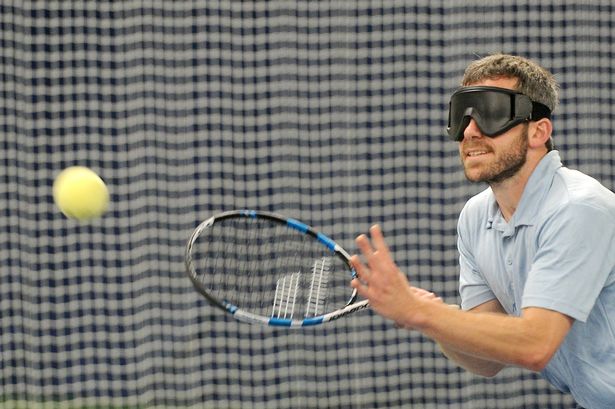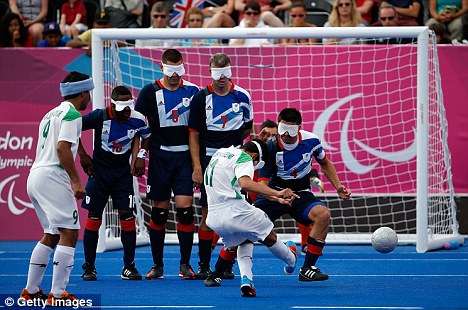What do you think when you hear the words vision impairment, visual impairment, or blindness? Do you know anything about their differences or know that blindness means not seeing things? To have a better understanding, it’s necessary to understand their differences.
The differences
Visual impairment is a condition in which the ability to see a specific degree decreases and causes problems not fixable by usual means, such as glasses.
Blindness is the state of being unable to see anything, even light.
The causes
Visual impairment may be caused by eye damage, the brain’s failure to receive and read the visual cues by the eyes. Sometimes, some diseases may also cause visual impairment, such as diabetic retinopathy, the formation of cataracts, and increased pressure in the eyes, leading to glaucoma and age-related macular degeneration.
Blindness may cause due to disease, genetic conditions, or injury. The most common causes of blindness are Glaucoma, Cataract, River blindness, Trachoma, Uncorrected refractive errors, Childhood blindness, etc.
There are four terms to describe different levels of visual impairment and blindness:
- Partially sighted: A situation to have a partial vision in one or both eyes
- Low vision: To have severe visual impairment in which visual acuity of 20/70 or weaker in a better-seeing eye will not improve with glasses or contacts.
- Legally blind: A correct vision of 20/200 in their best-seeing eye. If eyeglasses or aids help the person’s vision to 20/20, they will not consider legally blind.
- Totally blind: It refers to a person with a complete loss of sight.
Common types of visual impairment:
- Blurred Vision: It’s a common problem which causes both near and far out of focus.
- Extreme Light Sensitivity: It exists when standard levels of illumination overwhelm the visual system, producing a washed-out image and/or glare disability.
- Generalized Haze: This visual impairment causes a glare or film sensation that may extend over the entire viewing field.
- Loss of Central Vision: The visual impairment creates a blindspot or blur, but side (peripheral)vision remains intact.
- Loss of Peripheral (Side) Vision: It typified by an inability to distinguish anything to one side or both sides or anything directly above or below eye level.
- Night Blindness: It results in an inability to see outside at night under moonlight or starlight or in dimly lighted areas such as restaurants or movie theaters.
Prevalent types of blindness
- CVI: Cortical/Cerebral visual impairment in which leading cause of modern-day blindness in children.
- Macular Degeneration: This is the leading cause of vision loss in adults, causing a person’s central vision to deteriorate.
- Retinitis Pigmentosa: A genetic disorder to have trouble seeing at night and experience a loss of peripheral vision due to the gradual breakdown in cells of the retina.
- Retinopathy of Prematurity: An eye disease that occurs in babies born prematurely.
Blindness or visual impairment can’t stop a person from having a healthy life and feeling what other people do. Go walking, doing sports that are suitable for blindness or vision impairment (Blind Football, Blind Tennis, Goalball, etc.), having friends, and hanging out with them. Many other things are all samples of activities with blindness, or visual impairment can do and enjoy their life.






